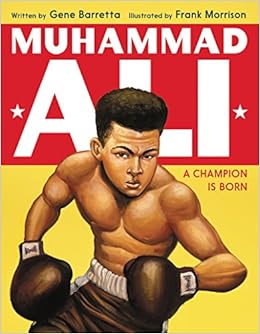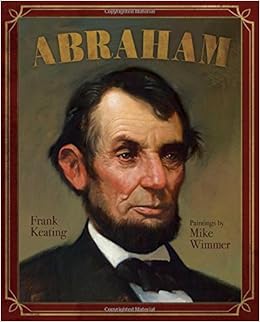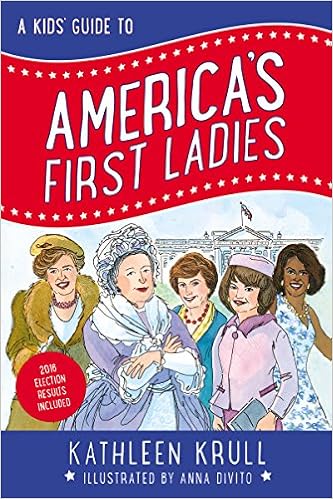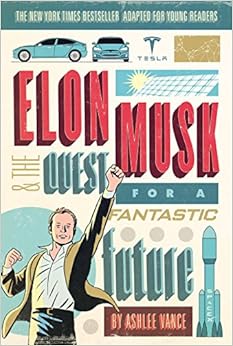Published by Katherine Tegen Books


Summary: If 12-year-old Cassius Clay hadn’t had his bicycle stolen in 1954, there might never have been a heavyweight champion named Muhammad Ali. When Cassius went to the police station to report the theft, Officer Joe Martin suggested he try out his boxing gym. The boy fell in love with boxing right away, and pushed himself to become the greatest. He would run alongside the school bus to build his endurance, and have his brother throw stones at him to improve his reflexes. His dream came true, first at the 1960 Olympics, where he earned a gold medal, and in the years after that, when he won 56 of 61 professional fights, was 3-time heavyweight champ, and defended his title 19 times. Out of the ring, he fought for the rights of those who were treated unfairly because of race or religion. Two pages at the end give additional information, including photos of Ali in 1954 and 1966. There’s also a bibliography and a list of additional resources. 40 pages; grades 1-5.
Pros: Kids will enjoy the action-packed writing and illustrations, and be inspired by Muhammad Ali’s hard work and compassion.
Cons: Ali’s biggest fights are described at the beginning, with the story then flashing back to his childhood; the ending seems a little abrupt, since the fights aren’t covered at that point.












